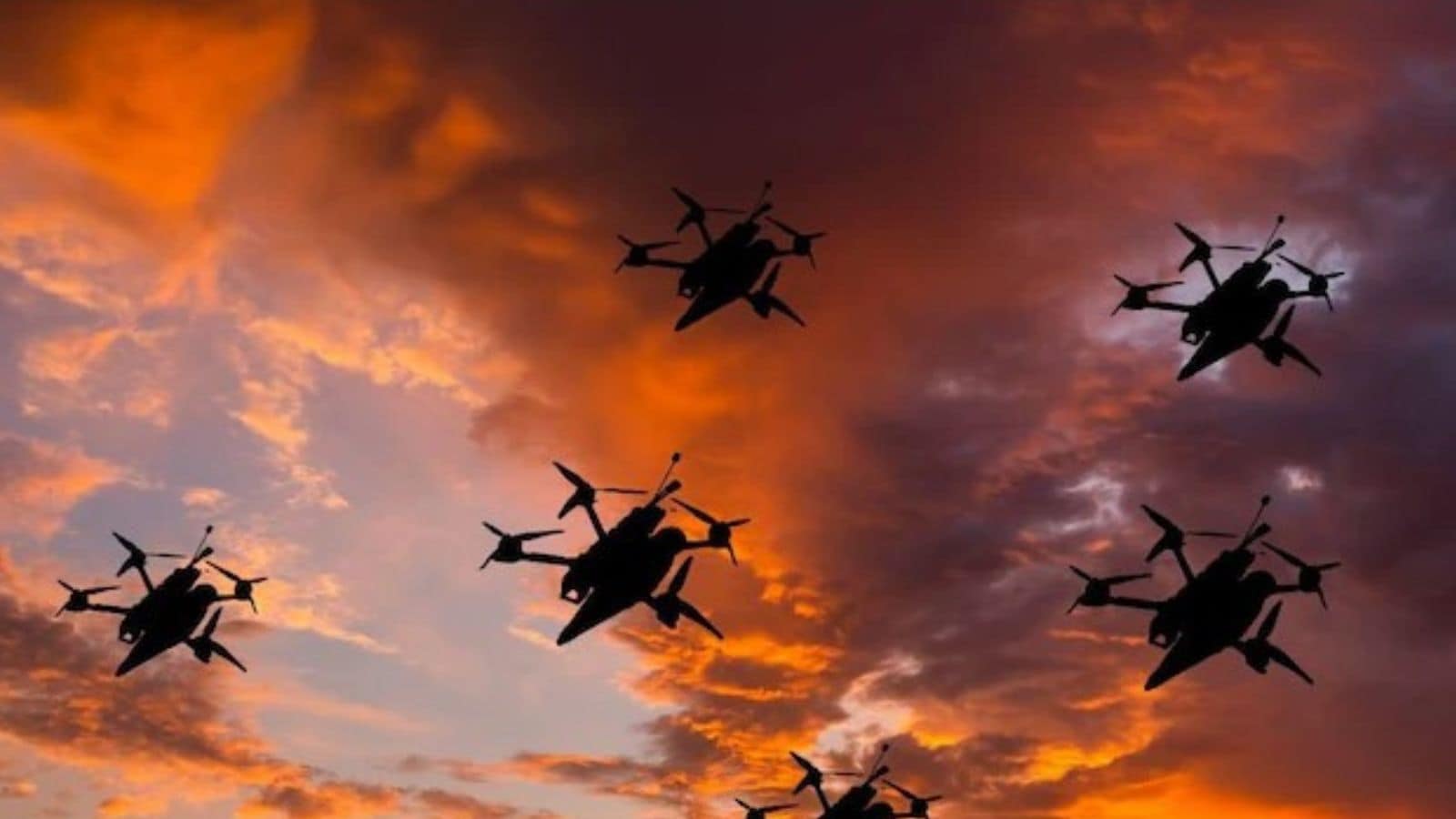By News18
In Meghalaya’s Khasi village, a decades-old land feud between Nawang Namgial and Tashi Tundup — two bitter rivals — had split families and soured ties between generations. The dispute, over a modest land parcel, grew more tangled as Tashi’s father rose to become the village panchayat pradhan. Allegations flew, tempers flared, and the matter dragged on in a series of local hearings for years, until technology stepped in.
With the Modi government’s drone-based land mapping initiative — SVAMITVA (Survey of Villages and Mapping with Improvised Technology in Village Area) — the boundaries were finally drawn with precision and documents were made.
The panchayat, after a series of hearings backed by digital and document-based evidence, awarded the rightful property deed to Nawang bringing closure to a seemingly endless conflict.
The resolution of the Nawang-Tashi feud is not a one-off. News18 has exclusively accessed government case studies following the drone surveys. The case reports show how land-mapping and distribution of digital property cards changed the face of property and land litigations across India’s rural hinterland.
In Uttarakhand’s Bheemawala village, a 70-year-old resident Mamchand faced eviction after Uttarakhand Jal Vidyut Nigam Ltd claimed that his home encroached upon land near a canal. After the drone mapping of the disputed land followed by a property card issued under SVAMITVA by the panchayati raj ministry — based on the surveys and legal recognition –Mamchand challenged the notice in the Uttarakhand High Court. He filed four writ petitions. The court ruled in his favour, quashing the eviction notice.
Similar relief was granted in three other cases. The SVAMITVA card became critical evidence in affirming rightful ownership and protecting homes from state action.
FROM BLURRED BORDERS TO DIGITAL DEEDS
For generations, the dividing line between two pieces of land or a blurry demarcation for property in rural India was anything but clear. A crooked fence, a fading tree, or a verbal agreement long lost to memory — these were the “boundaries” that triggered endless litigation and frayed family ties.
But in the last two years, something remarkable has taken root in India’s hinterlands. They are drones — whirring machines in the sky, once seen only in military footage or capturing wedding photos — are now silently redrawing rural India. Not by force, but by precision.
Under the SVAMITVA scheme, the central government has deployed high-resolution drones to map land parcels in almost three lakh villages. And the outcome scripted India’s fascinating drone-mapping story. Village residents, who once fought over inches of land, are now holding digital property cards that clearly define what’s theirs.
EASIER ACCESS TO INSTITUTIONAL CREDIT
The numbers are telling. The drone-mapping scheme has significantly empowered rural residents by enabling them to leverage their property rights to access formal financial credit. Consider these cases.
Rajaram Gour, a small farmer and Pawan Baretha, a local grocer in Harda, Madhya Pradesh, secured bank loans of Rs 4.29 lakh and Rs 2.90 lakh, respectively, by mortgaging property documents issued under the scheme.
Similarly, in Ladakh, Tashi Gailson availed Rs 15 lakh from Jammu and Kashmir Bank to construct his house in Changa village, citing SVAMITVA as the key enabler in turning his dream into reality. His case also reflects how access to verified land titles is transforming lives in remote regions.
These examples show how the scheme is not just resolving land ownership ambiguities but also actively catalysing rural economic development through easier access to institutional credit. In several areas of Haryana, as per official documents, land litigation cases have dropped by over half since the drone surveys began. In Maharashtra’s villages, similar changes have been seen. In Uttar Pradesh, banks are reporting a surge in applications for collateral-backed loans, said a senior ministry official.
“This is not just about land. The programme is reshaping governance at the grassroots. Accurate digital maps are helping panchayats plan better, resolve local disputes faster, and even streamline property taxation,” said a senior IAS officer involved in the scheme.
The state revenue departments, often bogged down by outdated or missing records, are now working with near real-time data. For a country that has historically struggled with informal and fragmented land ownership, the drone mapping programme is nothing short of revolutionary.
